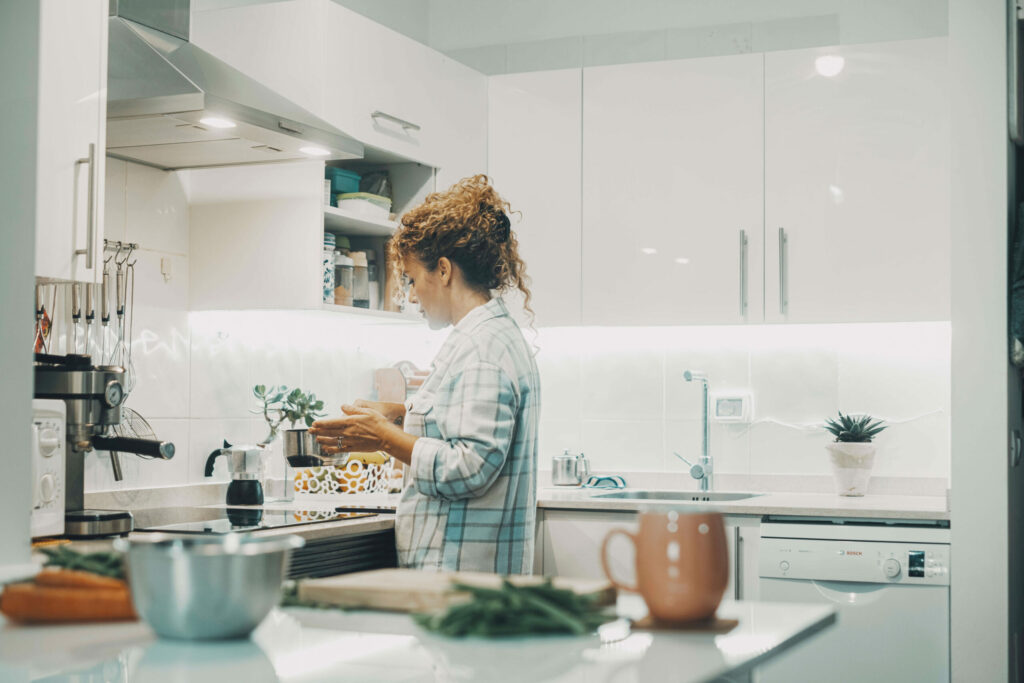
Home Cooking and Fire Safety
As the nights draw in, more and more of us will be cooking at home. When the nights are cold and dark it’s often preferable to stay in, save some precious pennies before Christmas, and cook for ourselves. But fire safety at home is essential, and with over half of domestic fires starting in the kitchen, cooking and fire safety need to be a priority.
Cooking and Fire Safety Risks
Cooking at home is a matter of routine for many of us, but even the most hardened cooks can make some simple mistakes when it comes to fire safety.
We’ve probably all done it, where we pop a pan on and then leave it to boil while we do something else.
Or you put something in the oven and then forget it’s in there.
Kitchen fires can be sparked by all sorts of things including misusing appliances, such as microwaves and toasters, and allowing things to get too hot.
These dangers can seem unlikely but they pose a real risk to people and property, with fires able to take hold quickly.
How to Cook Safely at Home
The cooking and fire safety best practices are simple changes that we can all make to ensure that we are safer in the kitchen.
- Keep children and pets supervised while in the cooking area, it is easy for mistakes and accidents to happen
- Don’t leave cooking unattended – especially on the hob or grill
- Keep your cooking appliances clean to avoid fat build-up which can then ignite
- Keep appliances such as microwaves, toasters, and kettles away from flammable materials and out from under cupboards
- Don’t cook if you feel overly tired, drowsy, or tipsy
- Make sure none of your clothing, hair, or tea towels etc can dangle over the hob
- Never put metals or foil in the microwave
- Make sure all cooking appliances are turned off when you’ve finished cooking
Kitchen Fire Prevention and Protection
There are many ways to protect yourself, your family, and your home.
The best way to do this is to follow the fire safety best practices and invest in fire safety equipment.
Ideally, you would never need to use them, but it is always safer to have fire safety equipment in case the worst should happen.
You can find a full list of our recommended fire safety equipment for your home here but there are a range of options and solutions that suit every household.
At a glance, we would suggest a small fire extinguisher, smoke alarms, and a fire blanket.
These changes and practices may seem small, but they can pay dividends in the future.
If you’d like to know more about how to stay fire-safe at home, head to the Home and Leisure section of the Firechief website.
The Firechief range includes high-performance fire extinguishers, fire blankets, first aid kits, lithium-ion fire extinguishers and the Kitchen Stove Guard. For more information, call us on +44 (0)330 999 0019 or email sales@firechiefglobal.com.
The information contained within this blog is provided solely for general informational and educational purposes and is not intended as a substitute for professional advice. Before taking any actions based upon this information, we advise the reader to consult any and all relevant statutory or regulatory guidance and where necessary to consult a qualified fire or industry regulation professional. The use or reliance on any information contained herein is solely at the reader’s risk.

